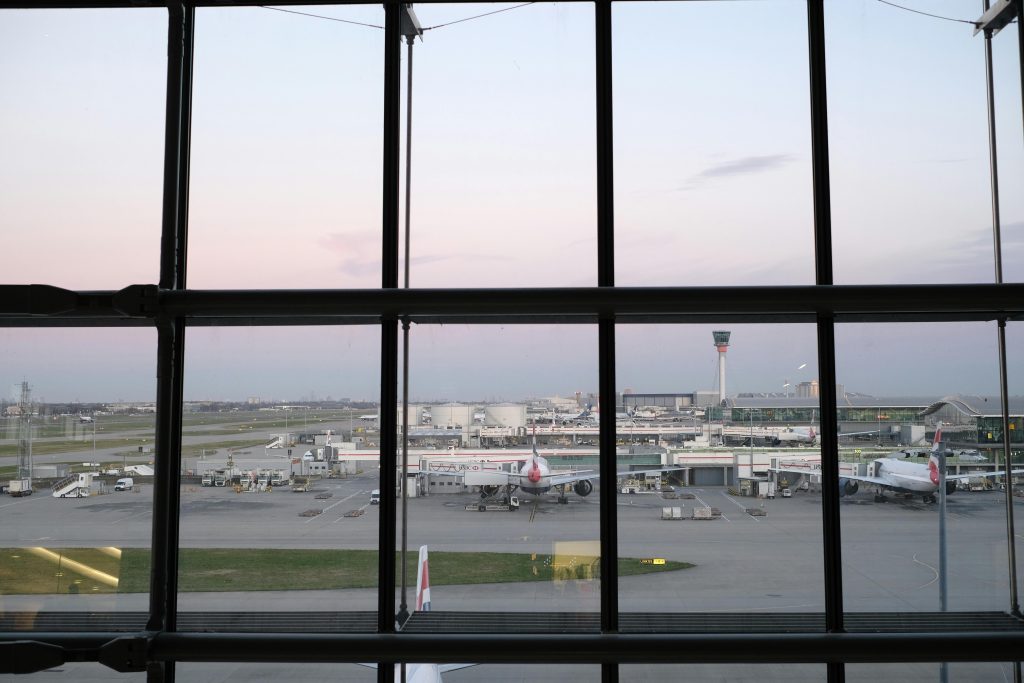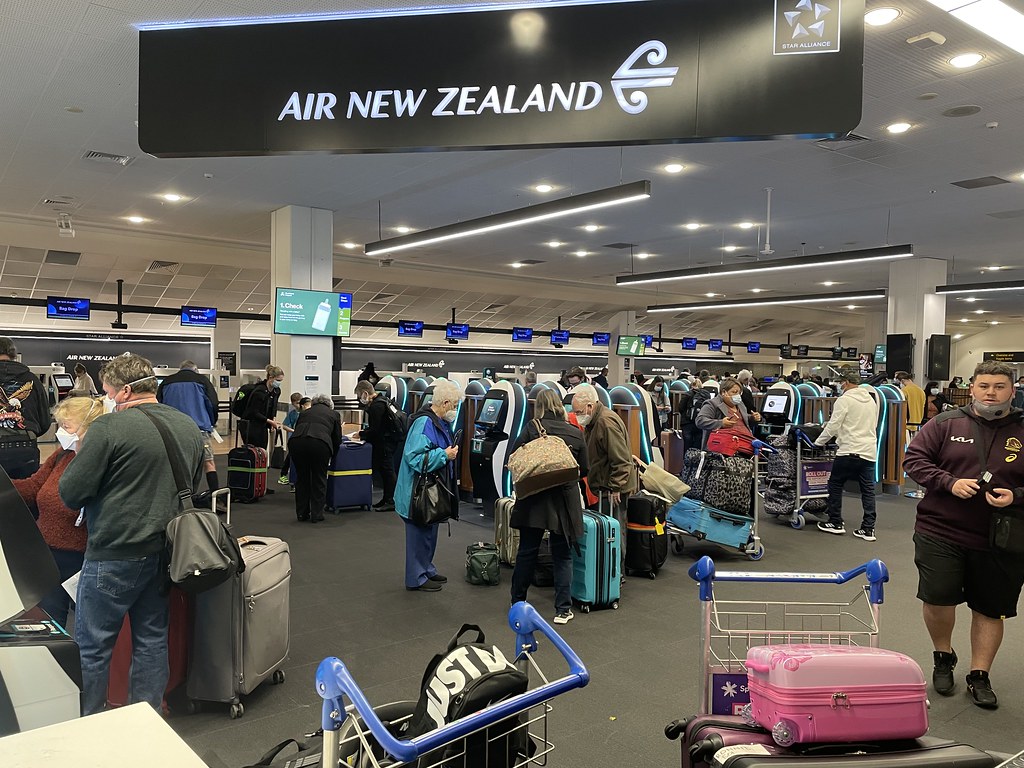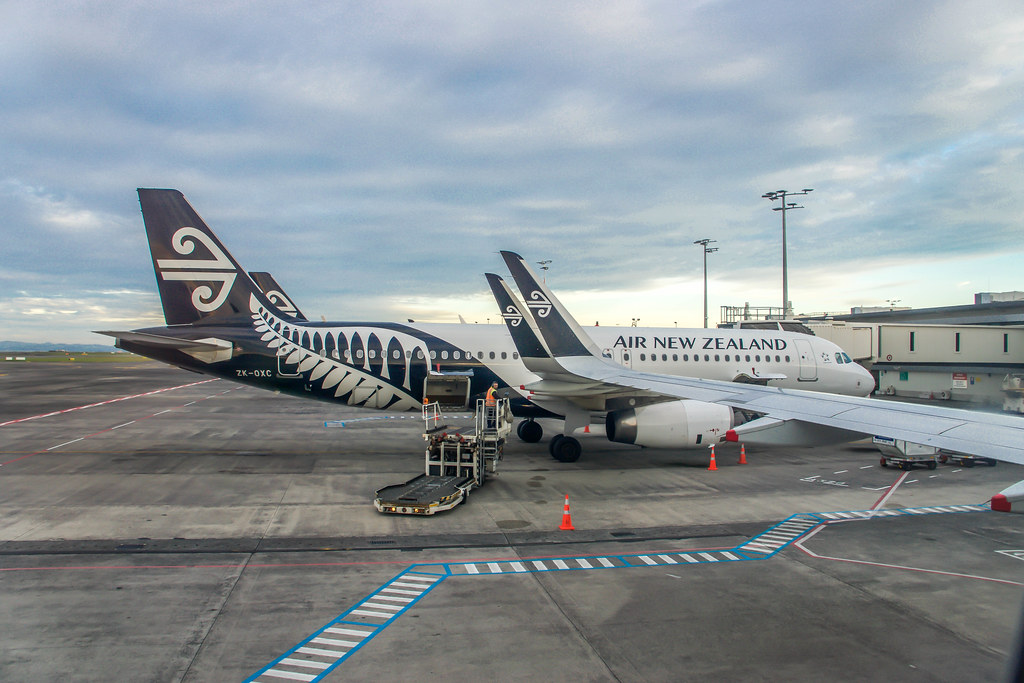16 / Apr
Travel Spending in 2025: UK & NZ
As travel spending surges in New Zealand and the United Kingdom, consumers are investing more money into domestic and international travel, sparked by the easing of COVID-19 restrictions. After years of limited travel, there’s a strong desire to explore new destinations and make up for lost time, driving a significant boom in the travel industry. As 2025 ushers this surge even more, this trend is reshaping how we explore and offering exciting opportunities for both local economies and global travel.
According to Barclay data, travel sector spending grew by 6.9% in the UK within 2024. Holiday makers spent an average £1,117, with significant uplifts seen in travel agent bookings (7.9%) and airline tickets (7.5%). [1] Air travel continues it’s recovery, driven by leisure travel and visits to family abroad. However, the sector faces challenges from fuel price volatility and capacity issues, which have led to delays and disruptions, particularly during peak summer seasons. [2] Despite these challenges, the steady recovery of the travel sector signals a promising future, with increasing demand for both leisure and international travel driving growth in 2025 and beyond.

Airlines in the UK have been upgrading their service offerings in a bid to speed up the recovery. At the start of 2024, British Airways announced a £7 billion transformation project, which will take place over the next two years to revolutionise the business. This will include a new website, mobile app, free onboard messaging and a short haul seat refit, and technology upgrades (including AI and machine learning) to help flights depart on time. [3]
In comparison, Ryanair has chosen to focus on promote their relentless focus on cost reduction, and their ability to offer ultra-low cost fares to passengers. [4] These strategic approaches highlight how UK airlines are leveraging innovation and cost efficiency to not only recover but also redefine the travel experience in a post-pandemic world.

New Zealanders have also found their renewed passion for travel, as they embrace both local adventures and overseas trips. According to Stats NZ, New Zealanders have been prioritising domestic travel, with annual spending per-persion nearly doubling to $505.80 from 2019-2023. [5] With international travel costs persistently high, Kiwis are rediscovering local experiences, presenting tourism businesses with exciting opportunities to innovate and cater to this growing demand.
Kiwi’s have been gradually travelling overseas more, and Stats NZ noted that the New Zealand-resident traveller arrivals were 2.96 million in the September 2024 year, with an increase of 480,000 from the previous September 2023 year. This is around 15% lower than the 2019 average, so there is still some recovery to be made on outbound international travel. [6]
Distance and cost are still making it hard for New Zealand to attract internatonal arrivals, which are still down around 15% from pre-pandemic levels.

In 2024, Air New Zealand has increased its capacity by introducing new aircraft into its fleet, which has resulted in an 11% increase in passenger revenue for the year. [7] The airline has had a heavy focus on sustainability in 2024, with their net zero carbon emissions by 2050 program in full swing, driving passengers who value sustainability highly to travel with them. [8] Although Air New Zealand had stated that they expected their overall passenger revenue for the year to be higher, this was offset due to increased competition. [9]
Like the UK with Ryan Air, New Zealand also faces low-cost airline competition in the form of Jetstar. Although Jetstar is an Australian airline, they operate domestically and internationally within New Zealand and are Air NZ’s biggest competitor within the domestic market. The competiton is boosting accessibility and affordability, driving increased travel within New Zealand and offering a variety of options for both domestic and international travellers.

Increased travel spending in the UK and New Zealand presents a prime opportunity for marketers and airlines to tap into a growing market. Understanding this shift going into 2025 allows businesses to tailor their offerings, enhance consumer experiences and meet this rising demand. With more consumers prioritising travel, airlines can focus on optimising their services to get ahead of competitors, while marketers can craft targeted campaigns that resonate with eager travellers, driving both loyalty and revenue within the travel industry.
[1] Barclays reveals 2024’s top 10 consumer spending trends, Barclays, December 2024
[2] The longer term impacts of the Covid-19 pandemic on transport and land use in Britian, Independent Transport Commission UK, March 2024
[3] British Airways unveils new website and app as part of its £7bn transformation plan, British Airways, March 2024
https://mediacentre.britishairways.com/pressrelease/details/19166
[4] Growth Strategy and future prospects of Ryan Air, CBM, December 2024
https://canvasbusinessmodel.com/blogs/growth-strategy/ryanair-growth-strategy
[5] Changes in household expenditure see domestic travel take off, StatsNZ, March 2024
https://www.stats.govt.nz/news/changes-in-household-expenditure-see-domestic-travel-take-off/
[6] International Travel September 2024, StatsNZ, November 2024
[7] Air New Zealand announces 2024 annual results and declares final dividend, Air New Zealand, August 2024
[8] Sustainability, Air New Zealand, 2024
https://www.airnewzealand.co.nz/sustainability
[9] Air New Zealand announces 2024 annual results and declares final dividend, Air New Zealand, August 2024





Comments (0)